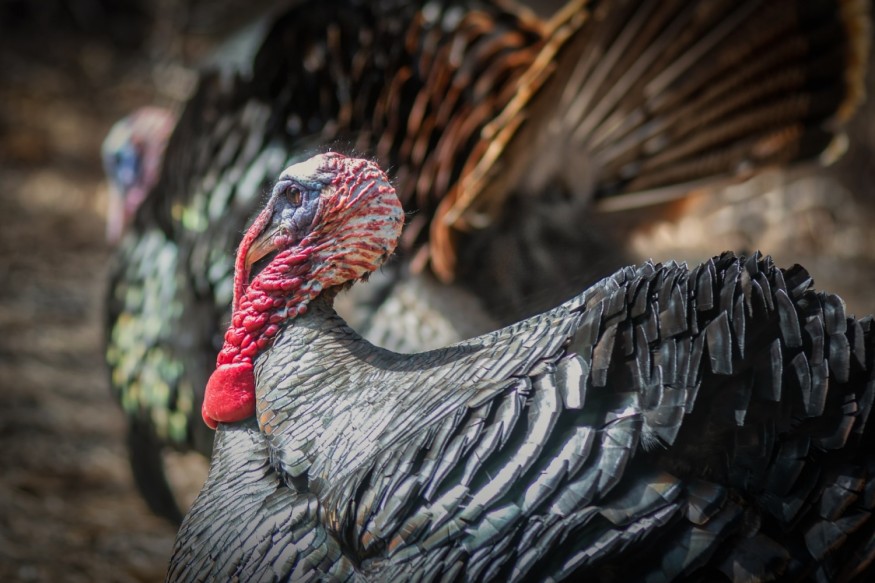
Officials claimed that predatory raccoons are to blame for the rapid decline in the wild turkey population in Oklahoma.
Oklahoma's Wild Turkey Population Drops
Oklahoma's once-robust wild turkey population is facing a concerning decline, with a sharp drop over the last six years despite conservation efforts.
The state hosts three turkey subspecies, notably the Rio Grande, which has seen the most substantial decrease.
Bill Dinkines, from the Oklahoma Department of Wildlife Conservation, is actively researching the issue.
Wild turkeys were nearly extinct by 1925, but a restoration program using birds from Texas in 1948 led to a resurgence. By the 1980s, the national population neared full recovery, reaching 6.7 million in 2010.
Oklahoma experienced significant growth from 2000 to 2006, with an estimated population of around 100,000 in 2016.
However, as of last year, the number plummeted to 70,000, raising concerns about the long-term survival of these iconic birds. The decline underscores the importance of continued conservation efforts to protect Oklahoma's wild turkey population.
Declining Population vs. Predatory Raccoons
At the Senate Wildlife Committee's interim hearing, Scott Alls, the state director of the USDA's Animal and Plant Health Inspection Service/Wildlife Service, addressed the complexity of wild turkey population dynamics.
He cited factors like extreme weather, bird diseases, predators, and habitat issues working against them.
Alls highlighted the role of mesocarnivores such as raccoons, skunks, opossums, crows, and feral swine in reducing wild turkey numbers. He emphasized that nests located near predator feeding stations had a higher risk of attack, increasing the challenge.
Raccoons, in particular, played a significant role in the decline.
State Sen. Blake Stephens noted Oklahoma's efforts to address the issue, including lower bag limits and adjusted spring turkey season dates.
He drew a parallel to the past quail population decline followed by a turkey population surge and now a concerning turkey decline.
Stephens also mentioned potential incentives for farmers and ranchers to enhance turkey habitats statewide. This issue extends beyond Oklahoma, affecting turkey populations more broadly.
The challenges are multi-faceted, requiring comprehensive efforts to protect these cherished birds.
Wild Turkey Population Decline Elsewhere
In September, the Kansas Department of Wildlife and Parks announced it had canceled its fall turkey hunting season, citing a decline in turkey populations across the Midwest and southeastern parts of the country.
Kent Fricke, a small game biologist with Kansas' DWP, said that the destruction of turkey habitat from urbanization and losses caused by extreme weather events, such as drought and flooding had all contributed to the decrease.
In addition to Kansas, Mississippi announced it, too, had canceled its fall turkey hunting season.
The Quest for a Solution
Oklahoma hosts three wild turkey subspecies: Eastern, Rio Grande, and Merriams, sometimes interbreeding where ranges meet.
These birds are sizable, with toms often exceeding 20 pounds, possessing strong legs, wings, and keen senses.
While both sexes heed hunters' calls, only toms are fair game, distinguishable by their size and vibrant colors.
Dinkines from Wildlife Conservation reported cooperation with scientists to boost the population; a hopeful sign as declines steadied in 2022 to 2023.
Stephens stressed the need for legislative understanding and truth-seeking throughout the study. He's searching for solutions to preserve Oklahoma's beloved birds.
Related Article : Endangered Bird Wattled Curassow Chick Hatches in Houston Zoo, Species Count Now 25
© 2025 NatureWorldNews.com All rights reserved. Do not reproduce without permission.





